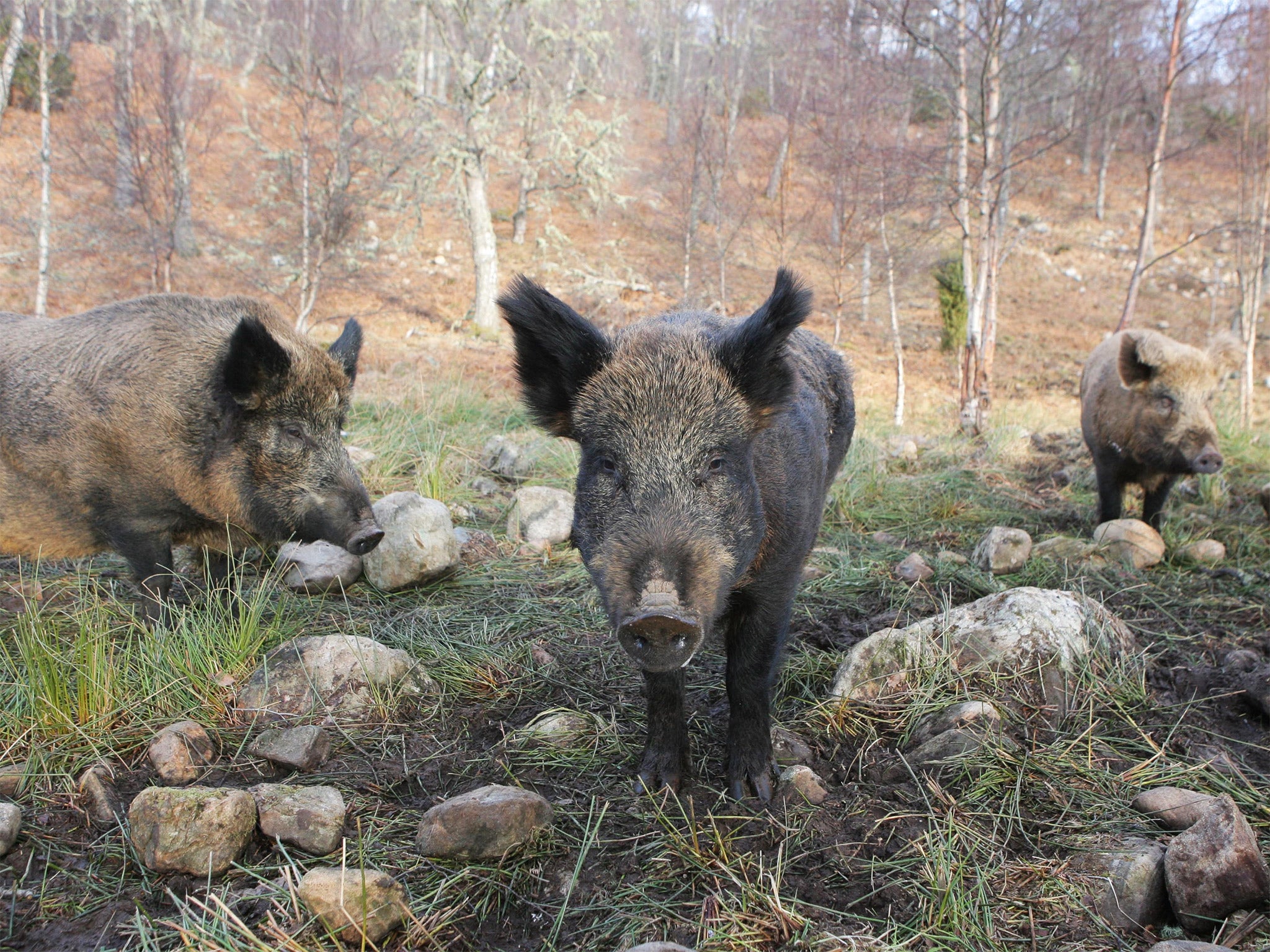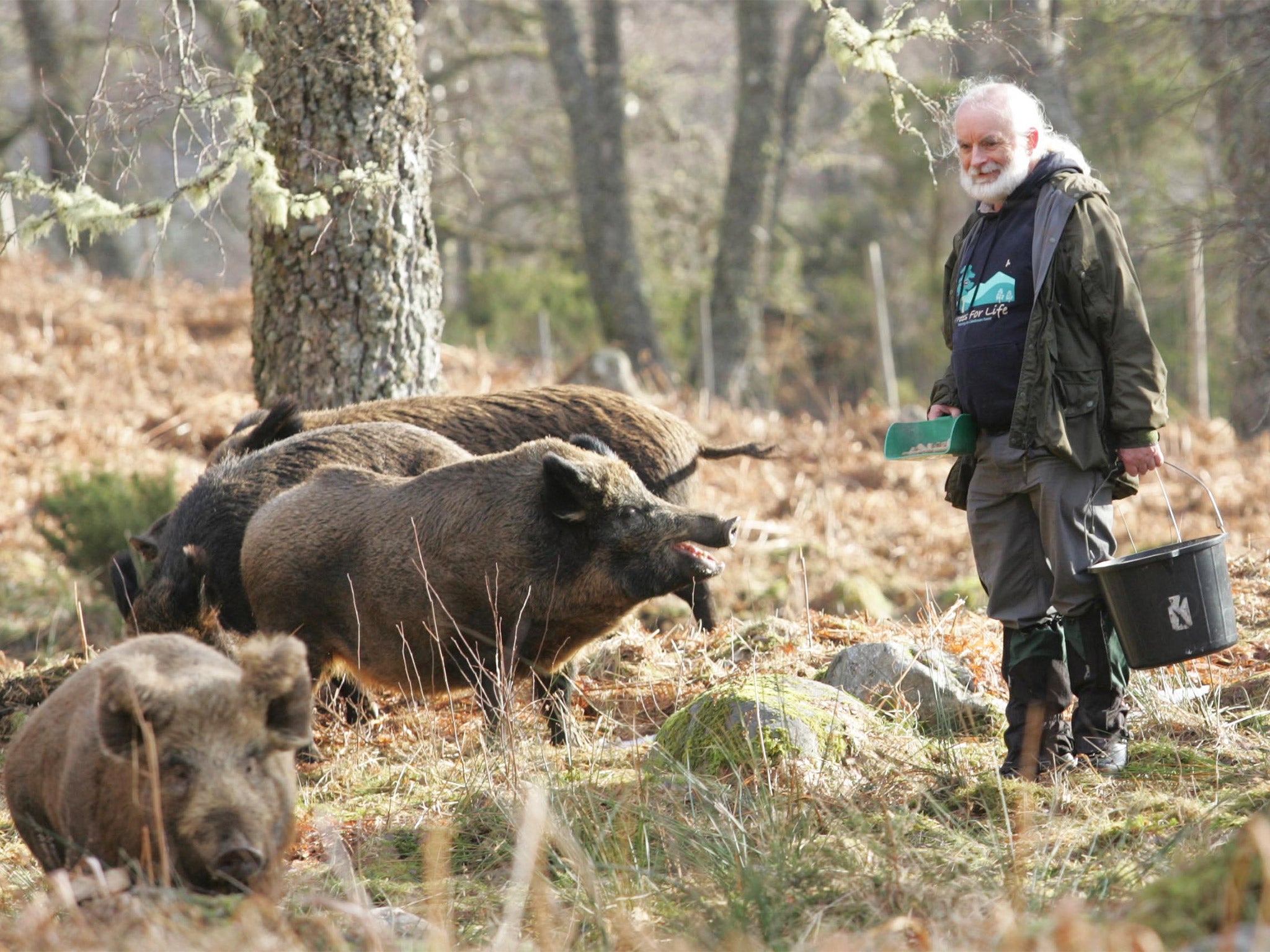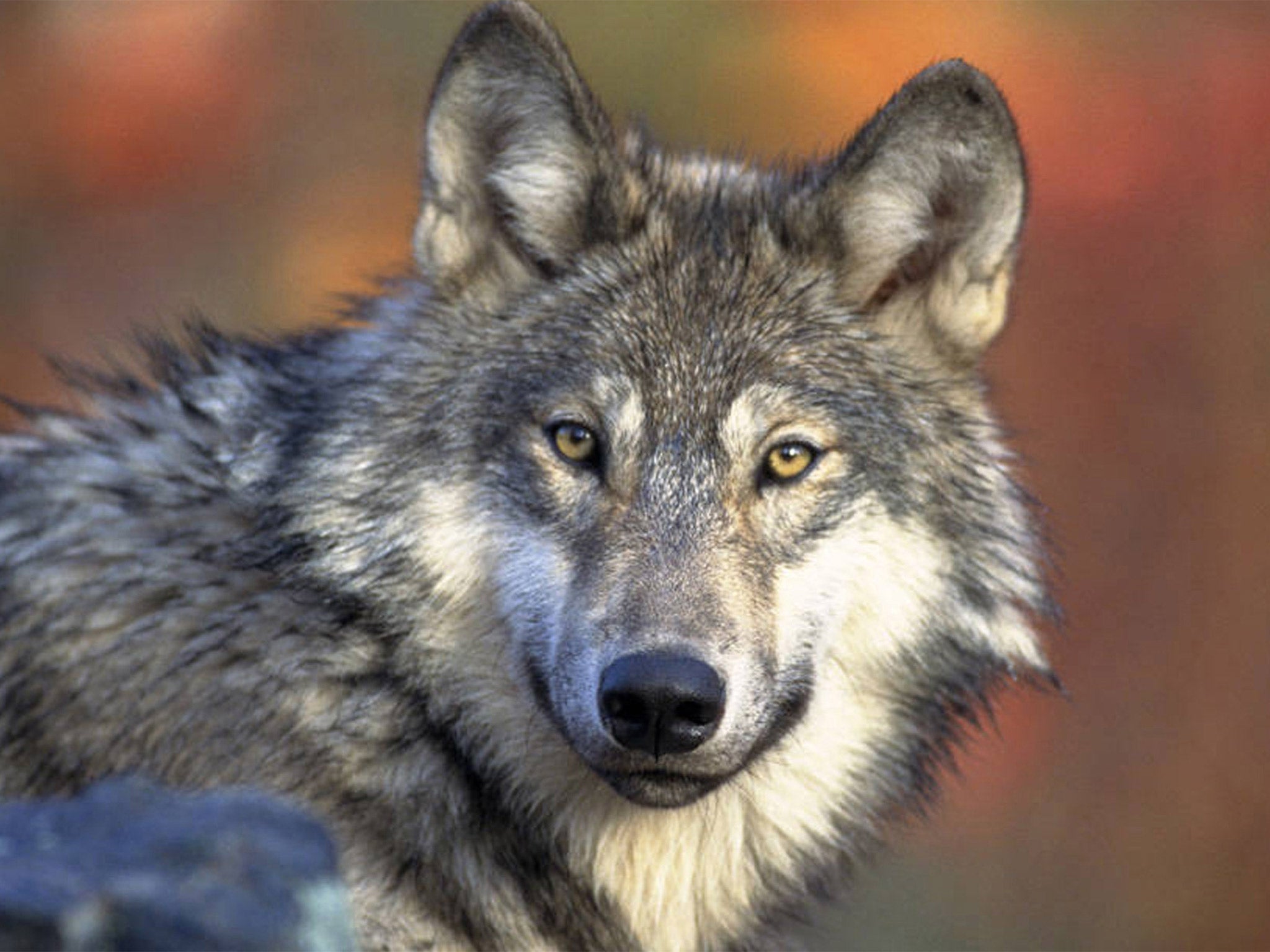Rewilding barren lands is now a real possibility, say campaigners
Conservationists out to restore native species got a boost from a Devon beaver colony but now they have bigger ideas

Your support helps us to tell the story
From reproductive rights to climate change to Big Tech, The Independent is on the ground when the story is developing. Whether it's investigating the financials of Elon Musk's pro-Trump PAC or producing our latest documentary, 'The A Word', which shines a light on the American women fighting for reproductive rights, we know how important it is to parse out the facts from the messaging.
At such a critical moment in US history, we need reporters on the ground. Your donation allows us to keep sending journalists to speak to both sides of the story.
The Independent is trusted by Americans across the entire political spectrum. And unlike many other quality news outlets, we choose not to lock Americans out of our reporting and analysis with paywalls. We believe quality journalism should be available to everyone, paid for by those who can afford it.
Your support makes all the difference.“Many people look at these expansive views and call them beautiful,” says Alan Watson Featherstone, looking out over the remote hillsides north of Loch Ness. “But what we’ve really got is a barren landscape that is almost entirely devoid of native woodlands and predators. It is frozen in time.”
Mr Featherstone is a leading advocate of rewilding – a strand of the conservation movement with ambitious plans to revive the biodiversity of rural Britain by reintroducing native species. He wants to see the return of birch, oak, Scots pine and aspen across the Highlands but his plans don’t end with flora. If the rewilders have their way, wild boar, lynx and even wolves could soon be restored to sylvan Britain, where they once roamed more than 1,000 years ago.
“What we’ve done here, and across much of rural Britain, is to allow herbivores [deer, sheep and cattle] to run wild, destroying flora and fauna,” he says. “At the same time, we’ve hunted all their natural predators to extinction.”
Mr Featherstone is the founder of charity Trees for Life, which is replanting 700 hectares of new native woodland at the Dundreggan estate in Glen Moriston. The project is restoring ancient bogs, experimenting with releasing wild boar and further expanding a native-trees nursery so it can re-plant vast swathes of the Highlands.
“By eliminating our native forests and replacing them with non-native and fast-growing pines, we have stripped out the bottom layers of the eco-system. In places the rampant deer population and forestry has shaved the earth, so we have exposed peat hags of ancient tree stumps. These are an open sore on our landscape.”
He is speaking to The Independent on the edge of the Trees for Life estate looking over land owned by other estates, where owners have cut down forests for timber, leaving the land barren, and allowed deer numbers to grow. At Dundreggan huge fences block out deer and volunteers plant native species.
The rewilding movement has been in the spotlight since the discovery last year of England’s first wild beaver population for 500 years. The animals, on the river Otter in Devon, were granted leave to remain two weeks ago, leading conservationists to call for England to push on with rewilding.
The tree nursery at Dundreggan could play a crucial role in this. It already produces 4,000 aspen saplings a year, making it the biggest producer in the country of the tree that beavers rely on for winter food.

Mr Featherstone points to the revival of the beaver in Scotland as a way forward. A Scottish Parliament-sanctioned trial is set to report back this year after the animals were introduced in Knapdale in the Highlands. It could, he says, be “a way forward we could copy with the lynx and the wolf”.
Alongside the Knapdale beaver colony, another “unauthorised” population of more than 120 animals has taken hold on the river Tay, to the delight of conservationists. As in Devon, the suspicion is that these “rogue beavers” were released by wildlife vigilantes getting ahead of the regulators. “Of course, this is something we would never condone,” Mr Featherstone says. “Reintroductions need to be done carefully.”
Rewilders would need to source animals such as the wolf, native to Scotland until the 17th century, from mainland Europe, where conservationists have had significant success. Wild beaver thrives in 25 countries and wolves now roam across parts of Germany and France.
In England the one success has been the Wild Ennerdale project, which has resulted in thousands of native trees planted in a remote corner of the Lake District. But it is in Scotland, where Trees for Life has planted 1.5 million trees in the last 20 years, where there is most hope for rewilding, thanks to the abundance of underpopulated landscapes.
There are legal obstacles (and public concern) to overcome before reintroducing wolves, so Mr Featherstone thinks the lynx could be an “easier win”. He says: “There aren’t ominous fairy tales about the lynx, which disappeared around 1,500 years ago, and it would be an excellent predator of booming roe deer.”
To illustrate how rewilding might work, Mr Featherstone points to four wild boars in an enclosure at Dundreggan. He describes them as “nature’s tractors” because their foraging keeps bracken at bay and so allows trees to thrive. Oddly, while Trees for Life had to apply for a dangerous livestock license, wild boars already roam the surrounding hillsides after being illegally released elsewhere.
Despite the recent rewilding push, many Highland estates, which can be heavily reliant on deer stalking, and sheep farmers have rejected rewilding as a backwards step, saying it ignores the needs of modern rural communities. But Mr Featherstone insists the reintroduction of natives species is not about “returning to a particular time or age in natural history”.
He adds: “What we are doing, by planting trees and bringing the top predators back, is kickstarting nature’s evolution in circumstances where she can no longer do it on her own.”
Back stories: If animals returned…
Wild boar
British numbers were hunted to extinction in the 13th century, but there are captive populations in Kent, Devon, Dorset, Gloucestershire and Scotland. A reintroduction would help to keep non-native plants and bracken at bay.
Wolf
The last wild wolf in Scotland was reportedly killed in 1743. The predator (below) would target sheep if reintroduced, but would keep deer moving across the landscape, helping young trees to flourish.

Lynx
Died out in Britain 1,000 years ago but the animal remains in parts of Europe, where there have been no records of attacks on humans.
Join our commenting forum
Join thought-provoking conversations, follow other Independent readers and see their replies
Comments